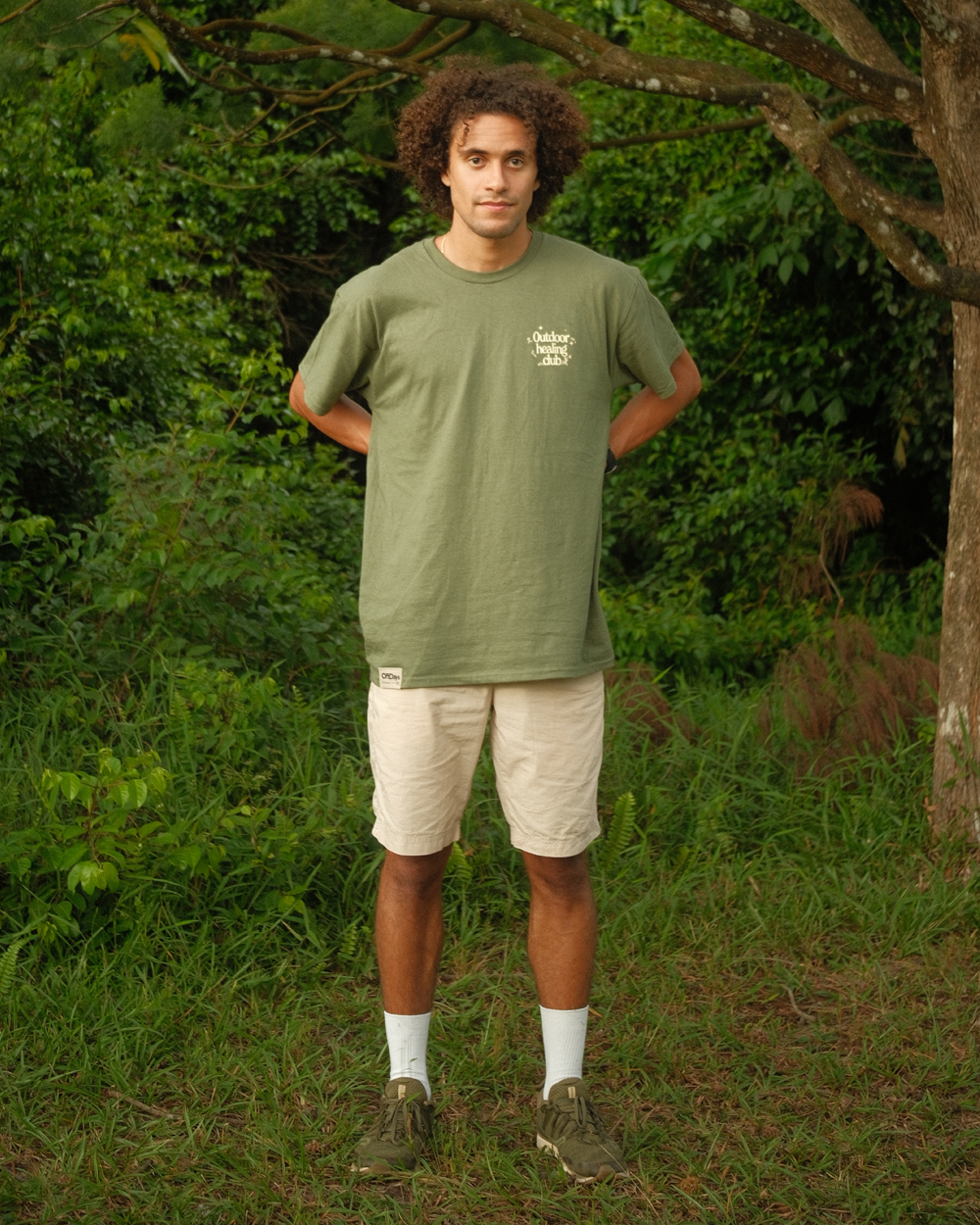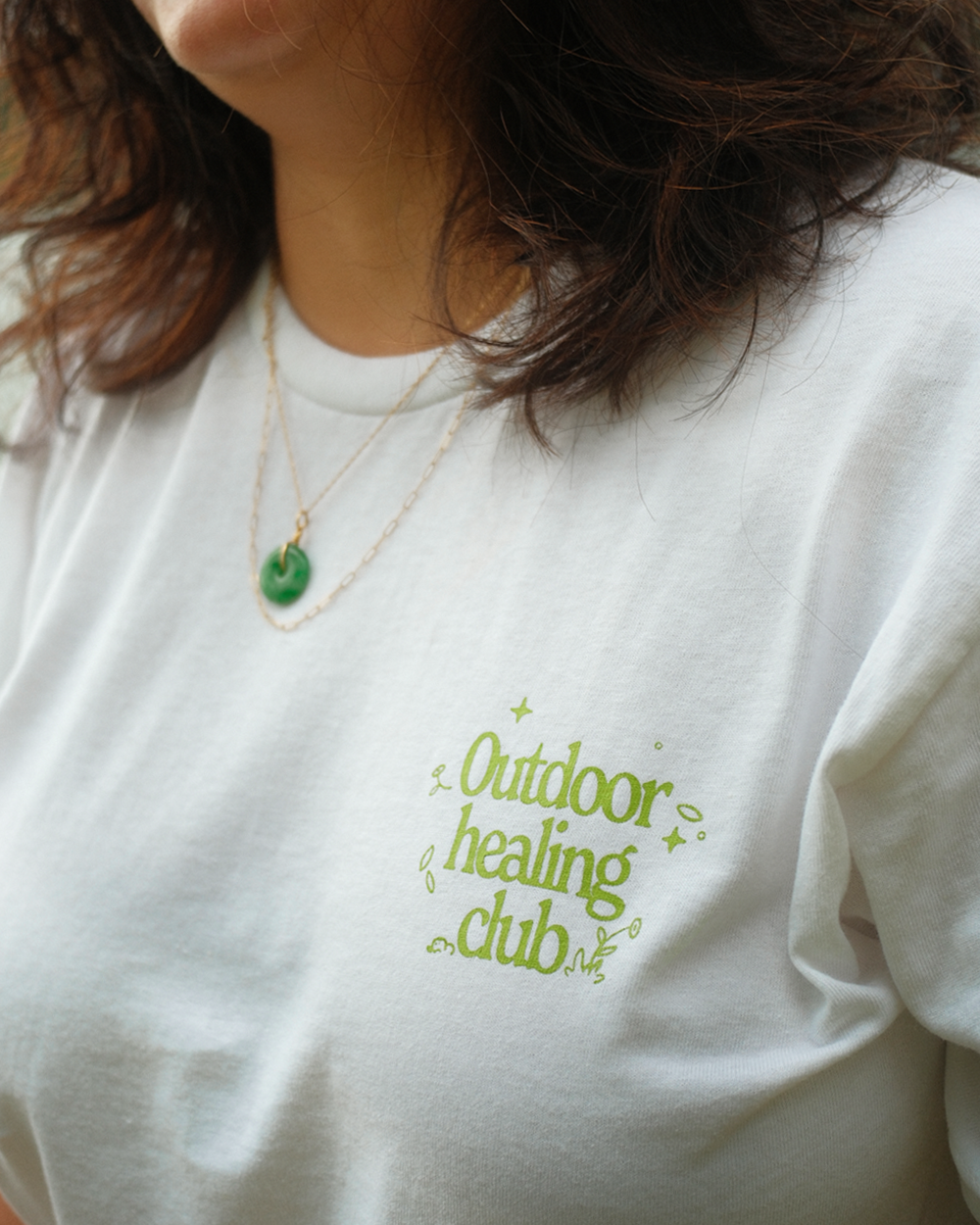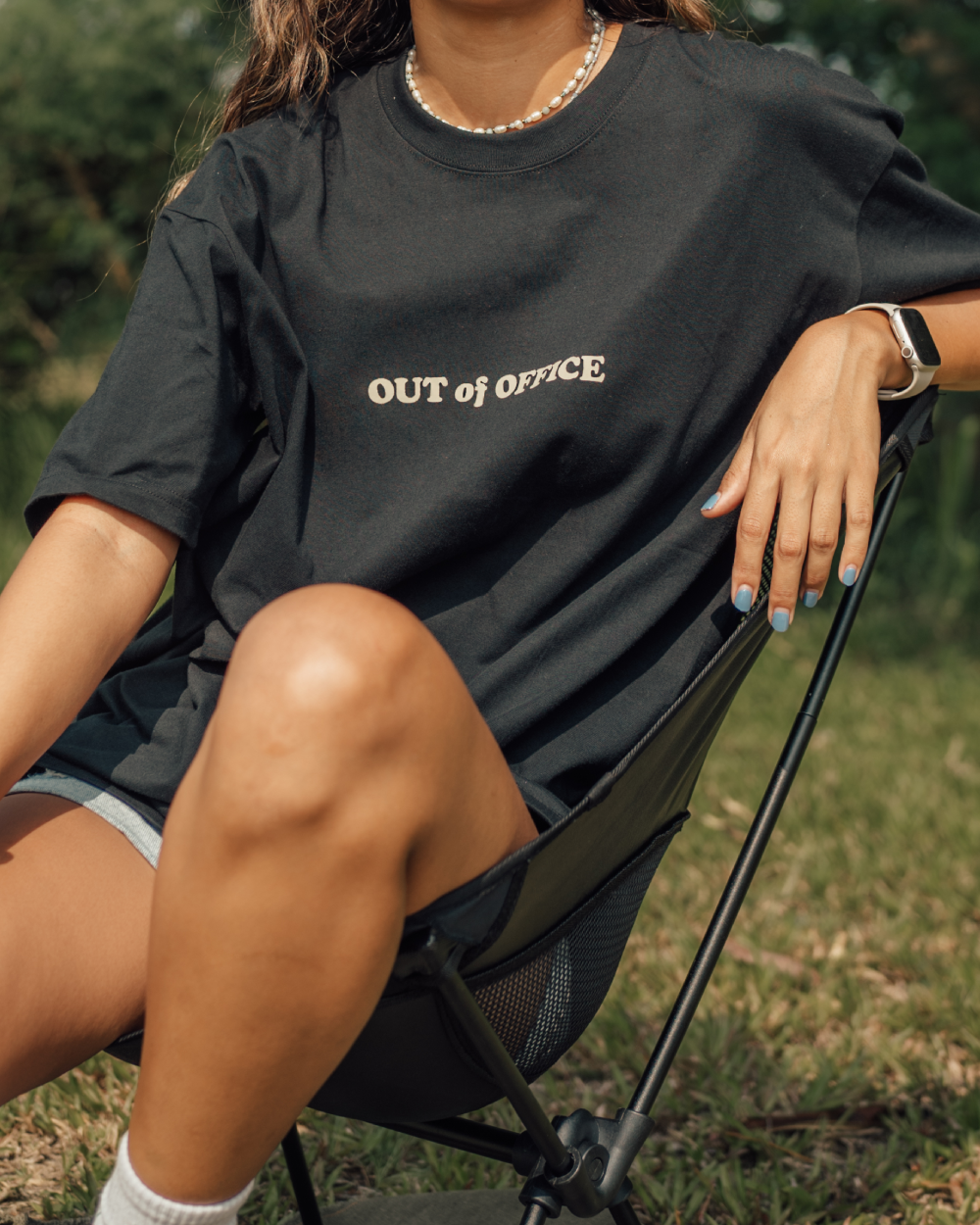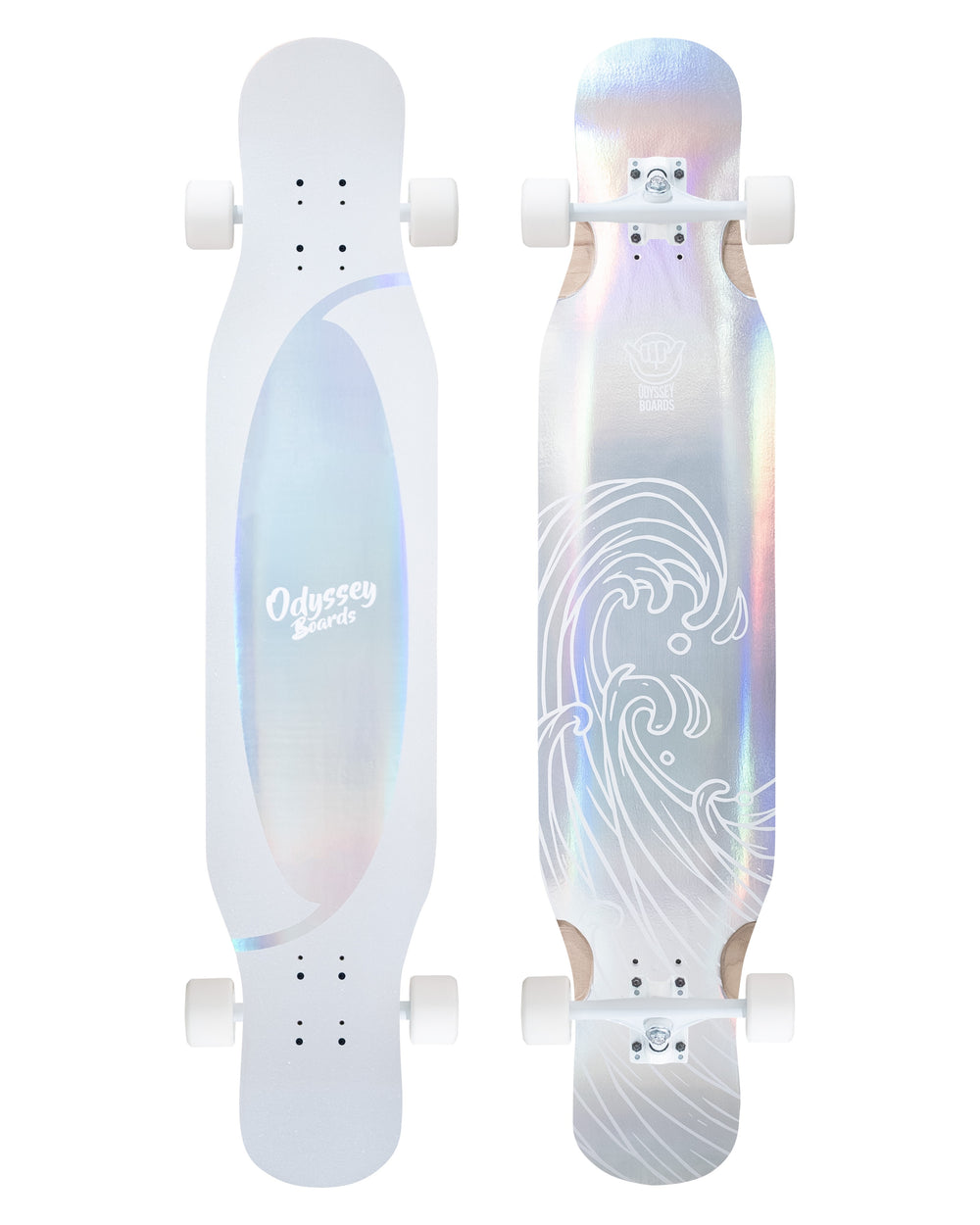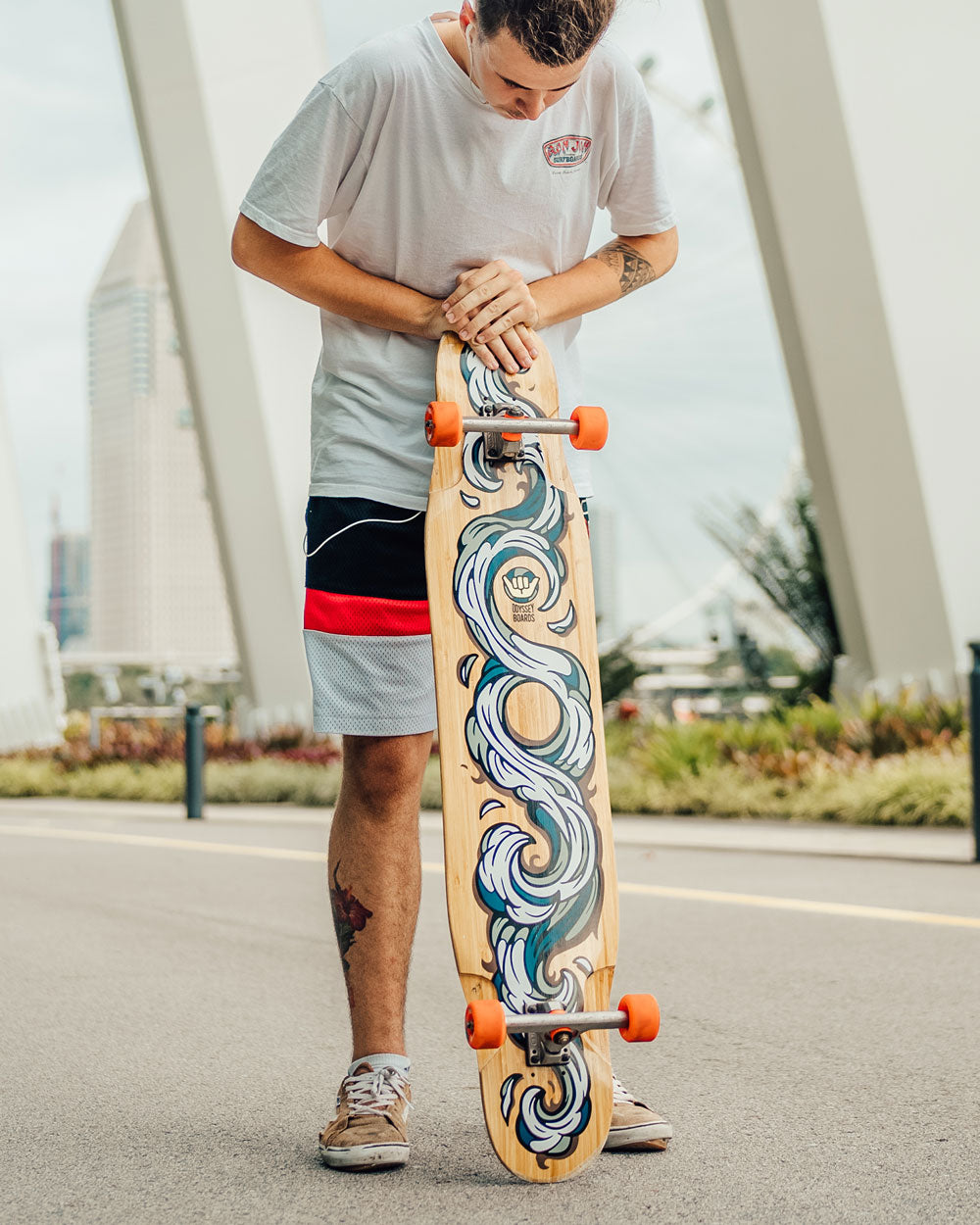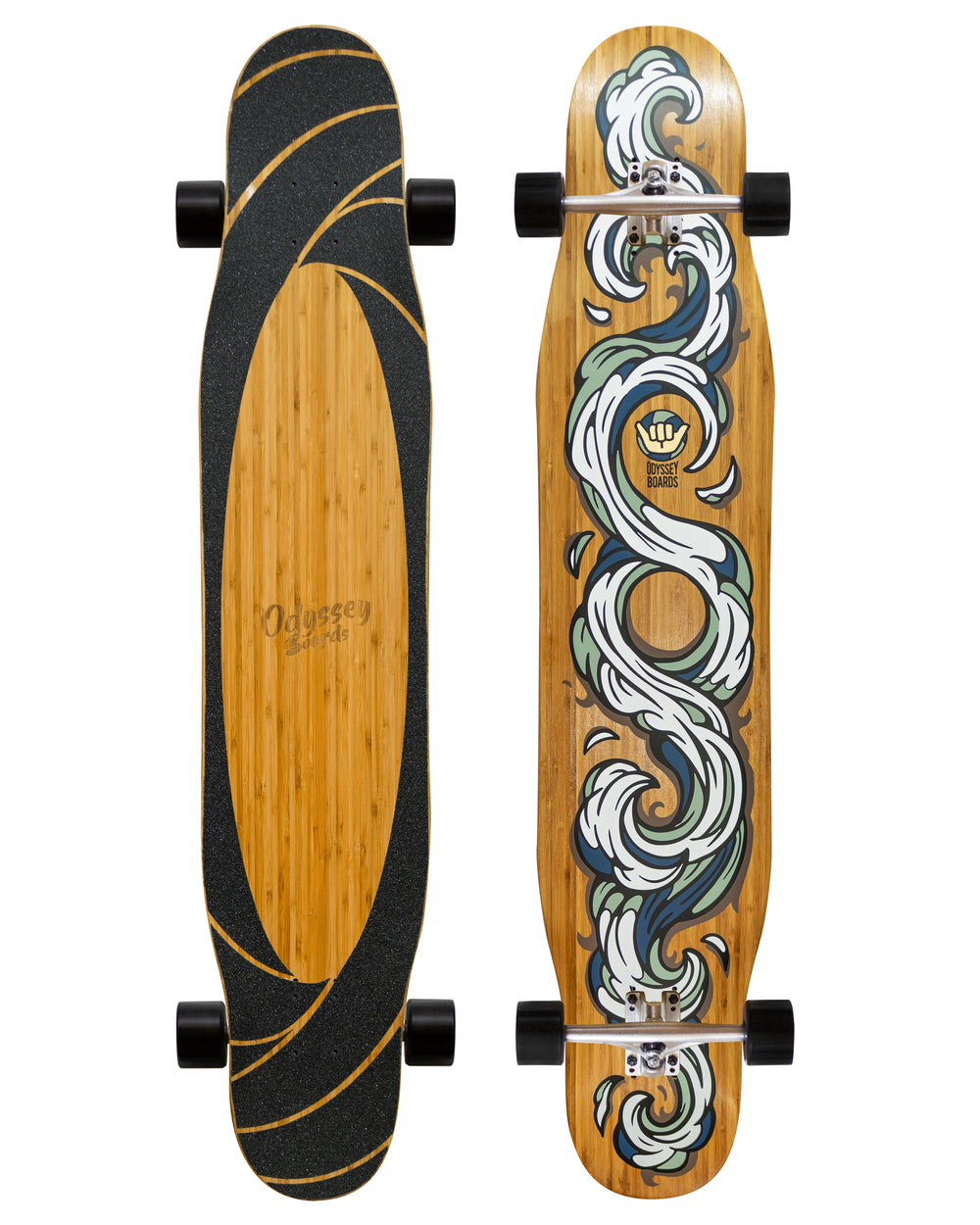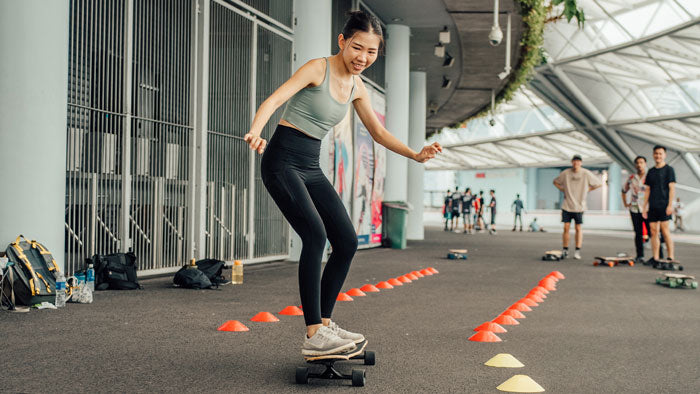How to tackle urban obstacles while cruising
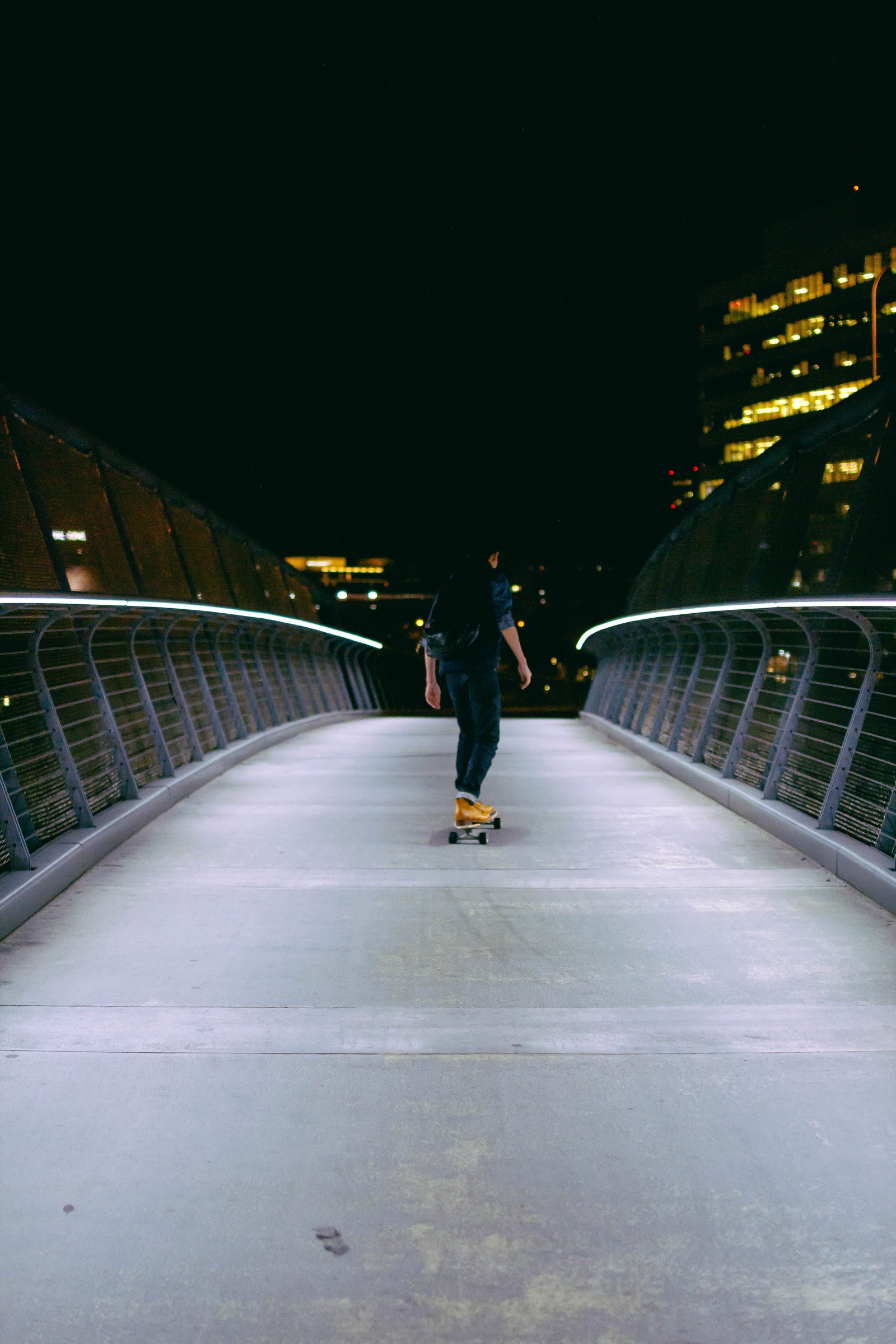
Some days you just want to ditch the car and overly-crowded public transport. That’s when commuting on your longboard is the perfect solution for you. Singapore is a concrete jungle and cruising through the ever-stretching vines can be incredibly fun. That’s until you meet an obstacle you don’t know how to tackle.

Source: Riding Boards
In this guide you’ll learn about the 5 types of urban obstacles you’ll face while commuting on your longboard. Of course, we’ll share with you how you can overcome them as well.
Before you jump right in, make sure you’ve nailed the foundations of longboarding and commuting safely. You can check out our basics guide and commuting safety tips on our website.
Obstacle 1: Kerbs
Kerbs (or curbs) are everywhere. Commuting will be a pain if you don’t learn how to get on and off kerbs. Before you attempt to do any of the two, make sure you gauge whether the kerb is too high. If it is, it’s always better to take a safer approach.
Getting on kerbs
The first method (aka the safest one) is rather simple. When you’re approaching the kerb, stop your longboard, hop off and step on the kerb. Of course, there are multiple ways you can do this. You can approach the kerb with a foot brake, pick up your board and step on. Alternatively, you can pop your tail, pick up your board with your front hand and hop on the kerb. I personally find this method a lot faster than stopping.
The second method involves you doing a manual (lifting the front wheels) by stepping on the tail, as you approach the kerb. Once your front wheels have landed on the kerb, hop towards the front of your longboard. Use your front foot to do a nose manual, lifting the back wheels so they get on the kerb as well. You have to be fast enough, or else your longboard will get caught behind you. When you’re starting out, it will be easier if you approach the kerb at a slower speed so you have more time to move to the front.
The third method lets you use your creativity. TRICKS! There are some tricks you can use to get on kerbs. The simplest is the Boneless, where you pop your board, hop with your left foot off the ground while keeping your back foot on the back, then land on your board. If you’re going for something flashier, you can try out the Tiger Claw. Otherwise, you can go to your good old ollie. An ollie on a longboard is gonna be more difficult than doing one on a skateboard, but it’s always fun to try something new!
Getting off kerbs
This part is pretty simple. If the kerb is small enough, you can simply roll off it. Keep your knees bent and body weight low to maximize your stability. If you want to play it safe, put your weight on the tail to lift the front wheels as you roll off the kerb. This prevents your longboard from nose-diving and throwing you off.
Obstacle 2: Cracks and pebbles
Thankfully, Singapore’s roads and pavements are rather well maintained. And no, we’re not referring to crackheads. We’re pretty sure you won’t find any in Singapore.
Anyway, cracks hardly pose any threat to a longboard as longboard wheels are wider and softer. This allows longboards to absorb more impact from uneven terrain, giving you a more cushy ride. If you’re interested to learn more about how each component of a longboard affects the overall performance, check out our breakdown on longboard parts.
To play it safe, here are some tips. Always approach them diagonally as this reduces the shock on contact. You can also hop slightly as your longboard reaches the crack to take some weight off. This allows your longboard to roll over the cracks with less shock. Lastly, you can put some weight on the tail and raise the front wheels slightly.
Obstacle 3: Puddles of water
Being a tropical country, rain is common in Singapore. Of course, there’ll be puddles of water here and there even when it isn’t raining. Nonetheless, puddles shouldn’t be taken lightly. Ideally, you should avoid cruising over puddles for various reasons. Firstly, it’ll get your longboard wet. That won’t be good in the long run. Secondly, it’ll lower your friction with the ground, making your board more prone to sliding out and you falling down. Lastly, you don’t know how deep the puddle is. Now, this is very uncommon in Singapore, but occasionally puddles may actually be potholes which can be really dangerous.
In the case where you can’t avoid the puddle, you’ll head to take it head-on. Stop pushing when you’re on a wet surface, and stop carving as well. The lower friction may cause your board to slide out. Lastly, remember to dry your longboard parts after you’re done commuting. Water can corrode your bearings, soften your deck, and do many more undesirable things to your longboard. Here’s a guide on how to care for your longboard if it gets wet.
Obstacle 4: People
Ah yes, people. Given that Singapore has such a concentrated population, there’s bound to be pedestrians wherever you go. The rule of thumb is to follow the speed limit of whichever path you’re on.

Source: LTA
When you’re on crowded pavements, make sure you ride slower to avoid accidents and upsetting others. You have to ride defensively, not reactively. This means you have to predict where people are going and what obstacles are coming up.
To do so, you’ll need experience and a clear head. Take a look at your surroundings - is there a mall entrance coming up on your side? People will probably be turning in or coming out from it. Are there any schools nearby? Kids may run out without any warning. Apart from predicting movements, you’ll need to be able to turn and brake quickly. This will help you tackle any obstacle that comes up unexpectedly.
Occasionally, you’ll bump into nasty pedestrians or drivers. Keep an open mind, laugh it off and learn from it!
Obstacle 5: Yourself
Here comes the cliche, cheesy part. The last obstacle is none other than yourself. Longboarding is all about continuous self-improvement, even in the slightest of things. Always take away some valuable lessons from each session and make sure you work on them the next time you skate. That's what this journey is all about!
That’s all for today. Stay safe, stay stoked and happy riding!


